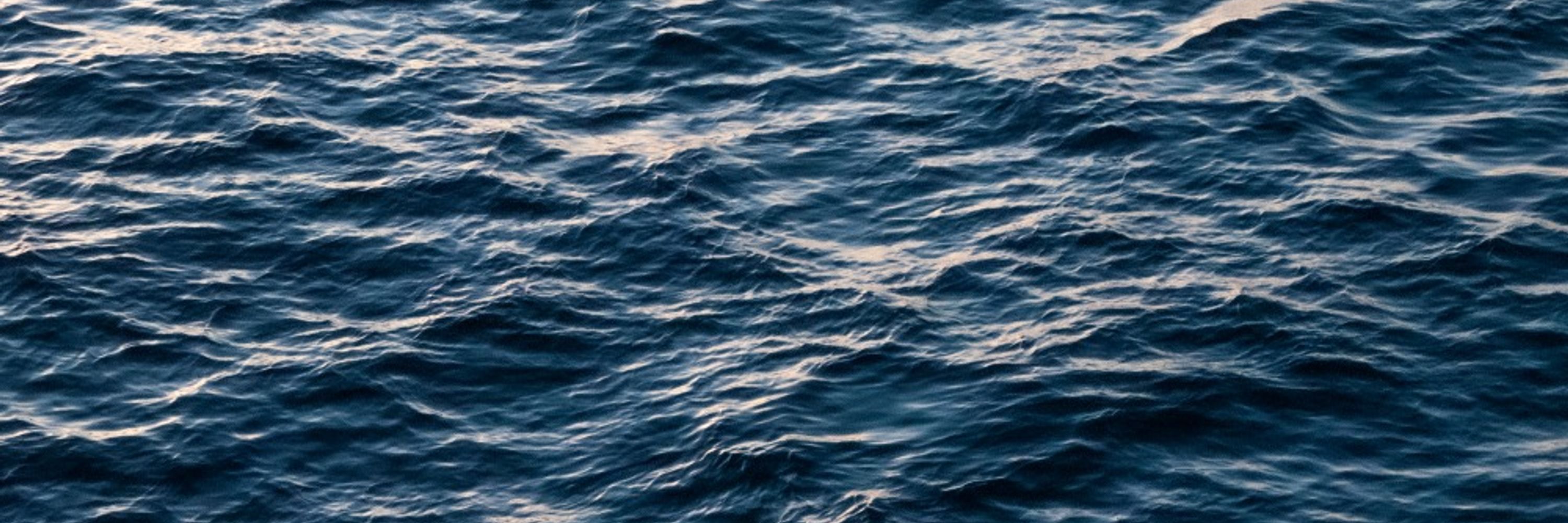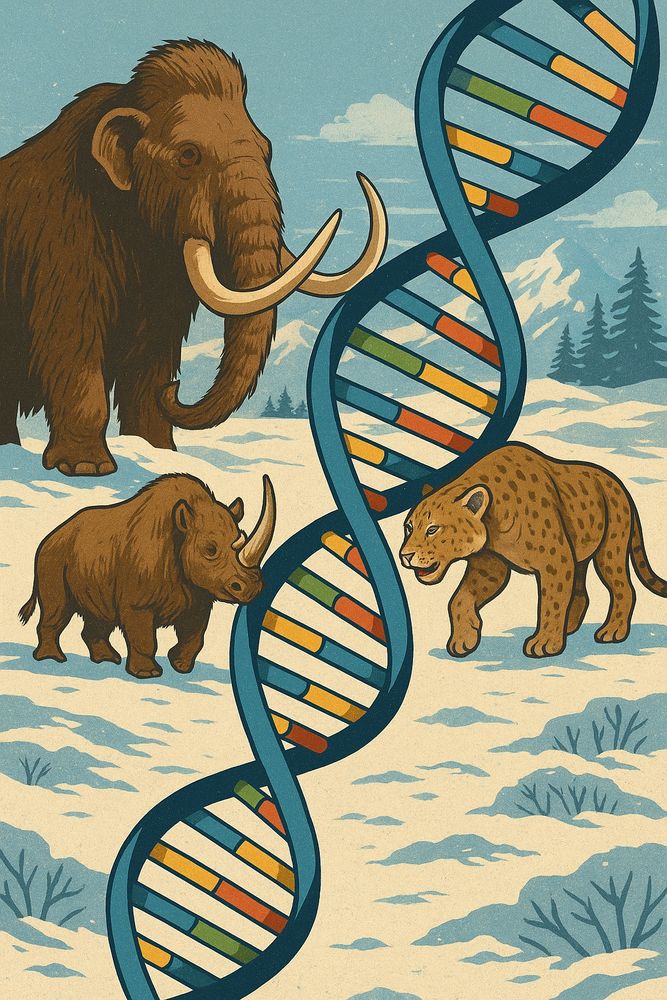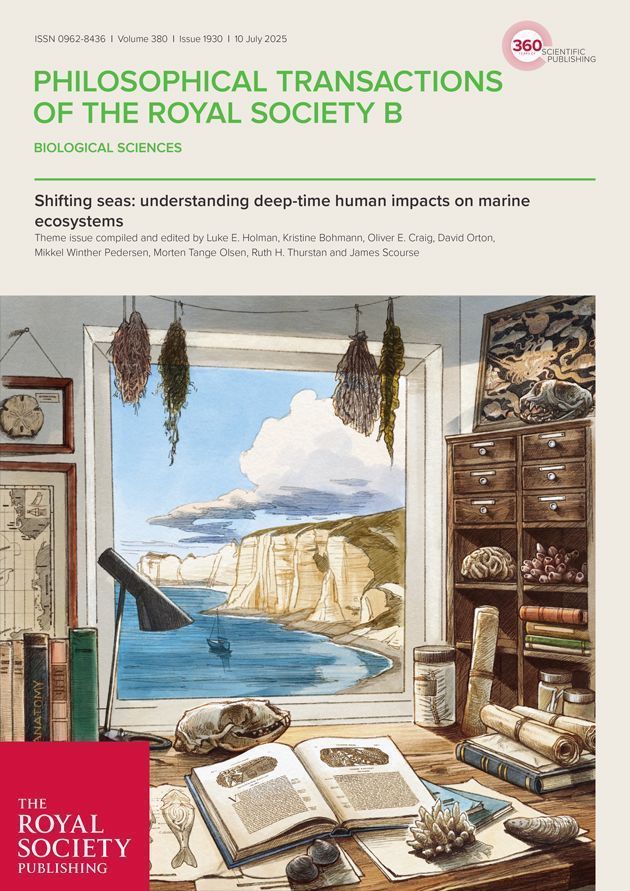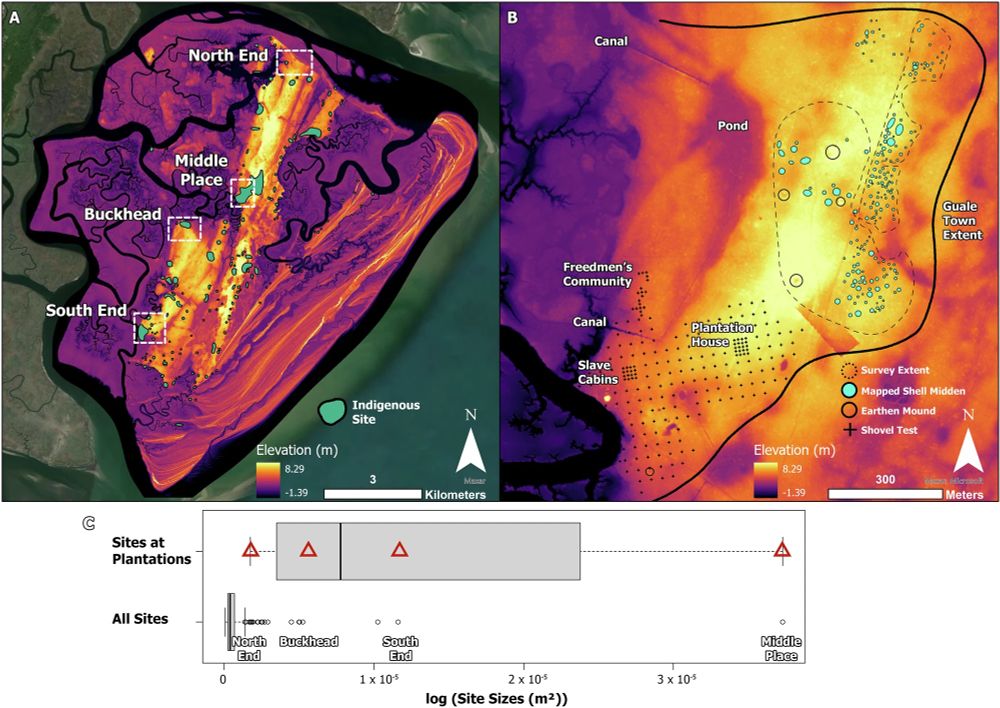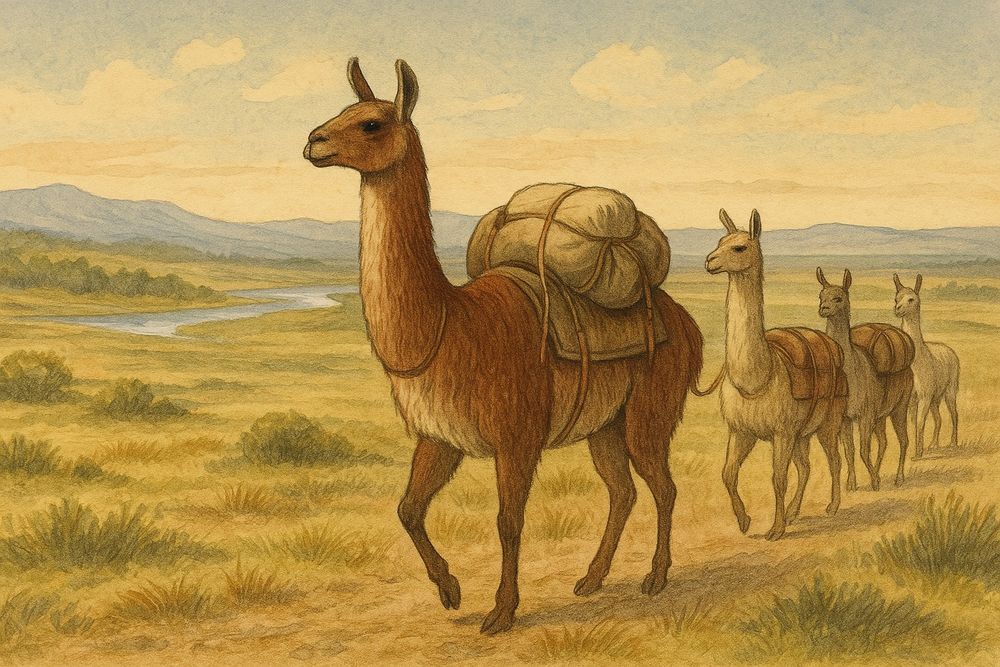Luke E Holman
@lukeeholman.bsky.social
600 followers
850 following
27 posts
PostDoc at the Globe Institute, Copenhagen | #biodiversity | #invasions | #eDNA | #OceanOptimist | 🏔️ 🌊 ☕️ 👨💻 📈
Posts
Media
Videos
Starter Packs
Reposted by Luke E Holman
Reposted by Luke E Holman
Luke E Holman
@lukeeholman.bsky.social
· Aug 13
Reposted by Luke E Holman
Luke E Holman
@lukeeholman.bsky.social
· Jul 17
Reposted by Luke E Holman
Luke E Holman
@lukeeholman.bsky.social
· Jul 10
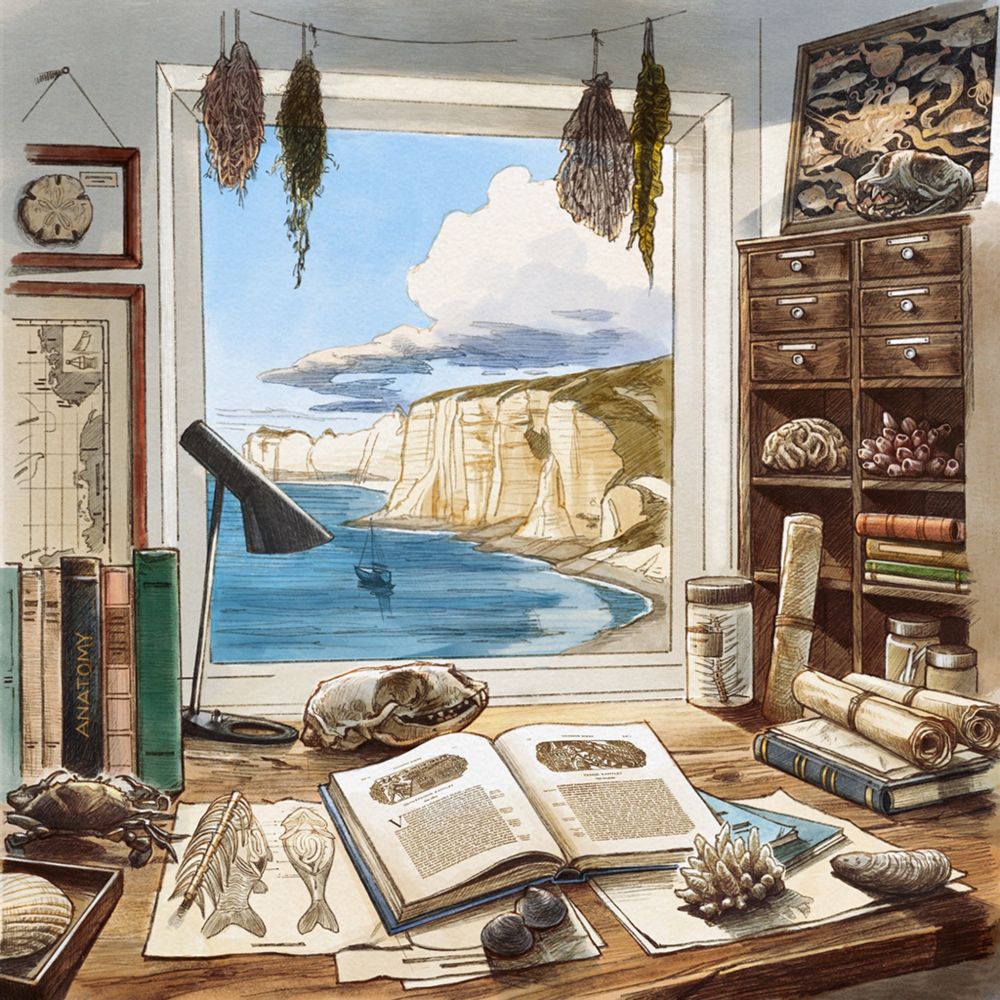
Shifting seas: understanding deep-time human impacts on marine ecosystems | Philosophical Transactions of the Royal Society B: Biological Sciences
Humans have interacted with, and impacted, marine ecosystems for millennia. During this time, the oceans have experienced ecosystem degradation through harvesting, habitat change, pollution, the introduction of invasive species and climate change. Despite ...
doi.org
Luke E Holman
@lukeeholman.bsky.social
· Jul 10
Luke E Holman
@lukeeholman.bsky.social
· Jul 10
Luke E Holman
@lukeeholman.bsky.social
· Jul 10
Luke E Holman
@lukeeholman.bsky.social
· Jul 10
Luke E Holman
@lukeeholman.bsky.social
· Jul 10

Shifting seas: understanding deep-time human impacts on marine ecosystems | Philosophical Transactions of the Royal Society B: Biological Sciences
Humans have interacted with, and impacted, marine ecosystems for millennia. During this time, the oceans have experienced ecosystem degradation through harvesting, habitat change, pollution, the introduction of invasive species and climate change. Despite ...
doi.org
Reposted by Luke E Holman
Reposted by Luke E Holman
Reposted by Luke E Holman
Luke E Holman
@lukeeholman.bsky.social
· Feb 21
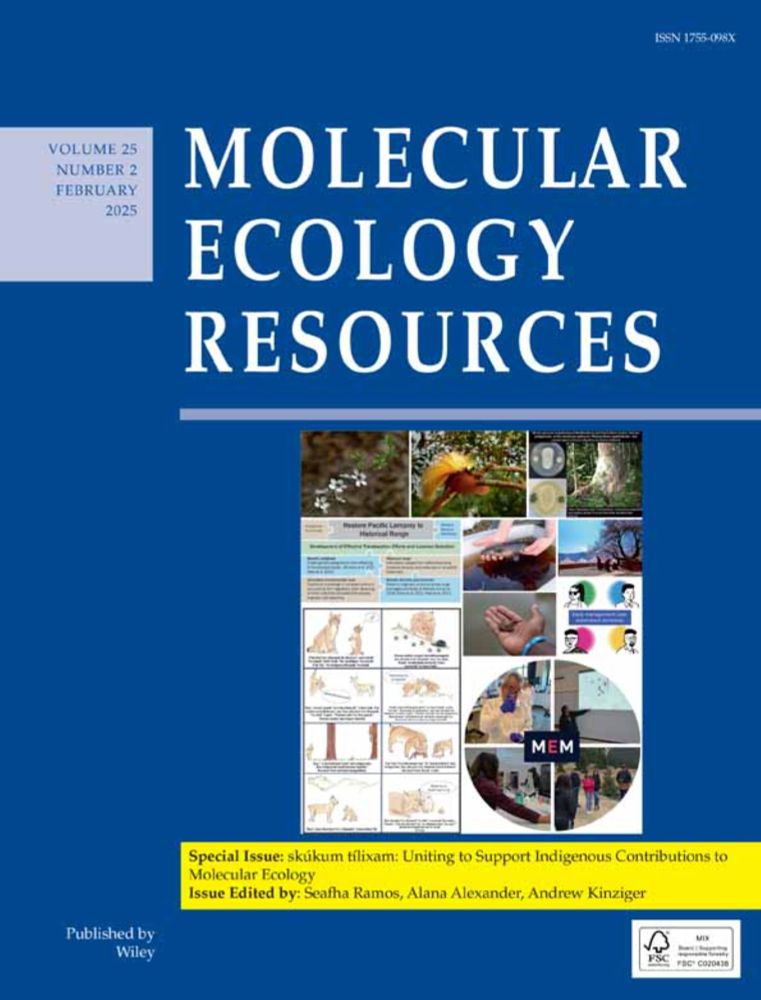
Navigating Past Oceans: Comparing Metabarcoding and Metagenomics of Marine Ancient Sediment Environmental DNA
The condition of ancient marine ecosystems provides context for contemporary biodiversity changes in human-impacted oceans. Sequencing sedimentary ancient DNA (sedaDNA) is an emerging method for gene...
doi.org
Luke E Holman
@lukeeholman.bsky.social
· Feb 21
Luke E Holman
@lukeeholman.bsky.social
· Feb 21
Luke E Holman
@lukeeholman.bsky.social
· Feb 21

Navigating Past Oceans: Comparing Metabarcoding and Metagenomics of Marine Ancient Sediment Environmental DNA
The condition of ancient marine ecosystems provides context for contemporary biodiversity changes in human-impacted oceans. Sequencing sedimentary ancient DNA (sedaDNA) is an emerging method for gene...
doi.org
Luke E Holman
@lukeeholman.bsky.social
· Feb 11
